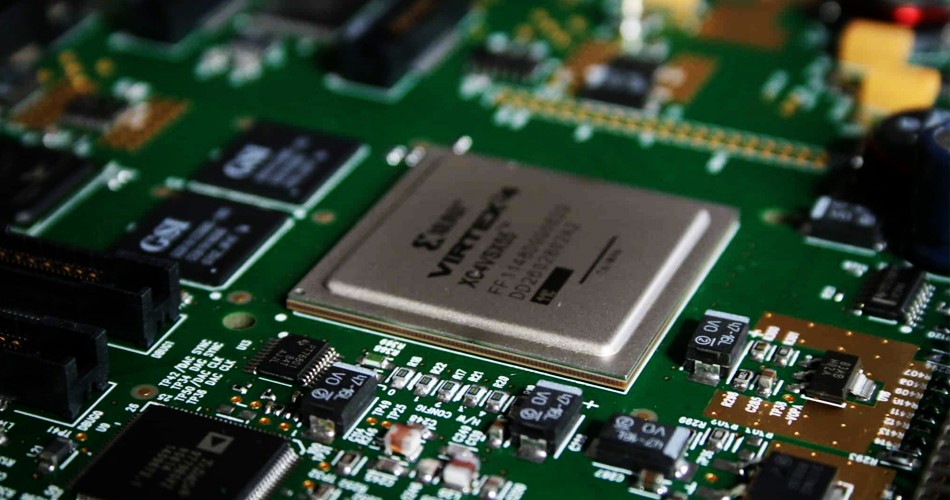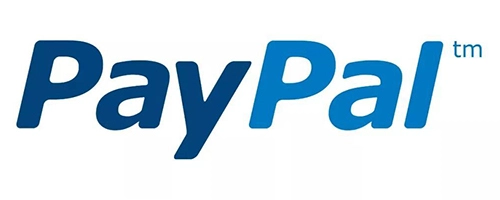- English
- Español
- Português
- русский
- Français
- 日本語
- Deutsch
- tiếng Việt
- Italiano
- Nederlands
- ภาษาไทย
- Polski
- 한국어
- Svenska
- magyar
- Malay
- বাংলা ভাষার
- Dansk
- Suomi
- हिन्दी
- Pilipino
- Türkçe
- Gaeilge
- العربية
- Indonesia
- Norsk
- تمل
- český
- ελληνικά
- український
- Javanese
- فارسی
- தமிழ்
- తెలుగు
- नेपाली
- Burmese
- български
- ລາວ
- Latine
- Қазақша
- Euskal
- Azərbaycan
- Slovenský jazyk
- Македонски
- Lietuvos
- Eesti Keel
- Română
- Slovenski
- मराठी
- Srpski језик
How can the advanced patch technology of PCBA factories meet high-precision requirements?
2025-08-04
With the trend of miniaturization and complexity of today's electronic products, the PCBA (printed circuit board assembly) processing industry is facing unprecedented challenges and opportunities. Especially in the application of high-precision patch technology, PCBA factories can better meet customers' high requirements for product quality and performance. This article will explore how advanced patch technology can help PCBA factories achieve high-precision requirements and improve overall production efficiency.

1. Definition of advanced patch technology
Advanced patch technology refers to the technology of accurately mounting electronic components on printed circuit boards through high-precision automation equipment and advanced patch technology during the PCBA processing process. These technologies not only include the automation level of the patch machine, but also involve the precision control of the patch, the identification and positioning of components and other aspects.
2. Key elements of high-precision patch technology
Upgrade of automation equipment
Modern PCBA factories generally use high-precision patch machines, which are equipped with advanced visual systems that can quickly identify different types of components. Through high-resolution cameras, patch machines can achieve precise positioning and mounting, greatly improving the mounting accuracy of components. In addition, the high efficiency of automated equipment has also significantly shortened the production cycle and met customers' demand for fast delivery.
Component selection and design
In high-precision PCBA processing, component selection and design are also crucial. With the continuous advancement of electronic component technology, many components have become more miniaturized and integrated. When designing circuit boards, PCBA factories should fully consider the size, layout and soldering methods of components to ensure that the best results can be achieved during the mounting process.
Refined process control
In order to achieve high-precision mounting, PCBA factories need to manage the production process in a refined manner. This includes strict temperature and humidity control, precise solder paste printing, and reasonable mounting sequence. Slight differences in each link may affect the final product quality. Therefore, the factory must establish a complete quality monitoring system to ensure that each step meets the standards.
3. Application advantages of advanced mounting technology
Improve product consistency
Through advanced mounting technology, PCBA factories can significantly improve product consistency. This means that products in the same batch can maintain a high degree of consistency in performance and appearance, reducing quality fluctuations caused by human factors. This is especially important for electronic products that need to be mass-produced, such as mobile phones and tablets.
Reduce rework and scrap rate
High-precision patch technology not only improves production efficiency, but also effectively reduces rework and scrap rate. As the accuracy of component placement is improved during the production process, problems caused by poor soldering or component position deviation are reduced. This saves costs for customers and improves overall production efficiency.
Flexible response to diverse needs
With the increasing market demand for customized products, PCBA factories are facing the challenge of diversified production. Advanced patch technology enables factories to quickly adjust production lines to meet the specific needs of different customers. Whether it is small-batch multi-variety production or large-scale standardized production, advanced patch technology can respond flexibly.
4. Future development trends
Application of artificial intelligence and big data
In the future, with the continuous development of artificial intelligence and big data technology, the patch technology of PCBA factories will be more intelligent. Through data analysis, factories can monitor the production process in real time, predict potential quality problems, and make timely adjustments, thereby achieving higher production efficiency and quality assurance.
Continuous technological innovation
In the increasingly competitive market environment, PCBA factories must continue to innovate technology and continuously improve the accuracy and efficiency of patch technology. This not only includes the upgrading of equipment, but also involves the optimization of production processes and the improvement of employee skills.
Conclusion
Advanced patch technology is the key factor in achieving high-precision requirements in PCBA processing. Through the upgrade of automated equipment, the rationality of component selection and design, and refined process control, PCBA factories can stand out in the fierce market competition. In the future, with the continuous advancement of technology, PCBA factories will continue to improve patch technology, provide customers with higher quality products, and promote the development of the entire industry.
-
Delivery Service






-
Payment Options









